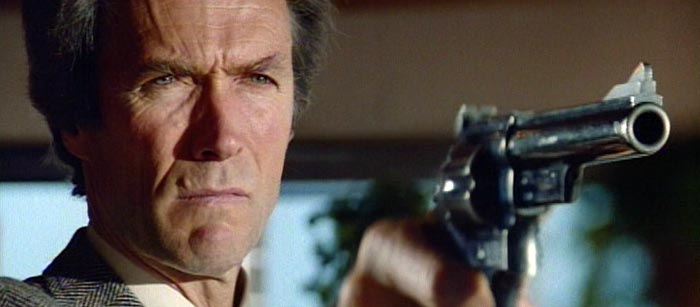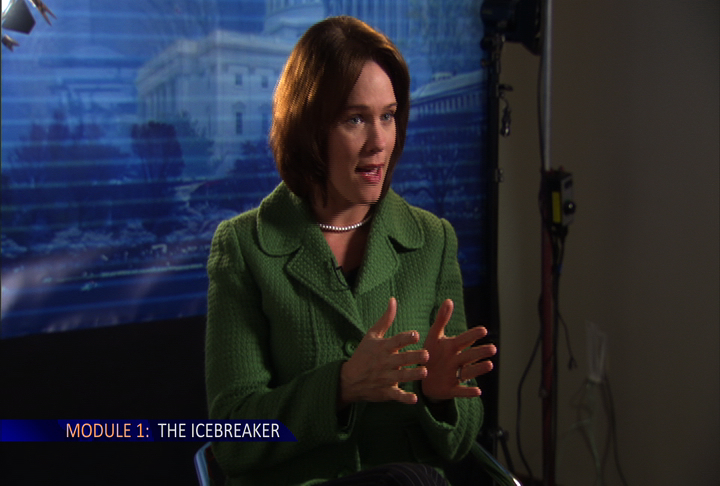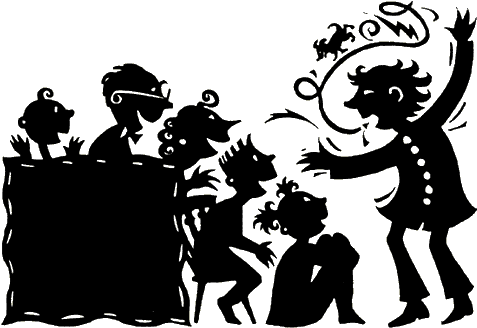I understand that airlines, hotels, retailers and other product and service providers want their customers’ feedback – but enough is enough. Every time I take a flight, spend the night in a hotel or buy something at the supermarket, I get “Do you mind taking a moment to answer some questions so we can improve our customer service?’ or “Please rate our product!” or “Did you like our employees? Were they helpful?” etc. It’s annoying. And call me a cynic, but I’m not quite sure it’s really so much about “improving my customer experience” so much as it’s about trying to increase profits. And even worse, sometimes I get a “reminder” e-mail when I don’t respond, saying something like “Did you forget us?” No, I didn’t. Give me a break.
How’s this for an idea? Let’s have a lottery where only the winners, let’s say three big retailers a year, get to ask you for feedback. This would limit the endless barrage of feedback requests to which I have now become immune. In fact, as a result of this overkill, my answer now is always “No Thank You” or “Delete.”
As I wrote this, I took a break and checked on CNN.com, which has a new online format. But before I could even digest said new format, a box popped up asking me how I liked it! Of course, I checked the “x” to make it go away.
There was a time when feedback was directed mostly to my kids on the playground, shouting from the bleachers at a basketball game, or reviewing a report card. But all these needy organizations pelting us with their constant requests are becoming needier than any child – and frankly my dear, I don’t give a damn. I’m already needed enough.






